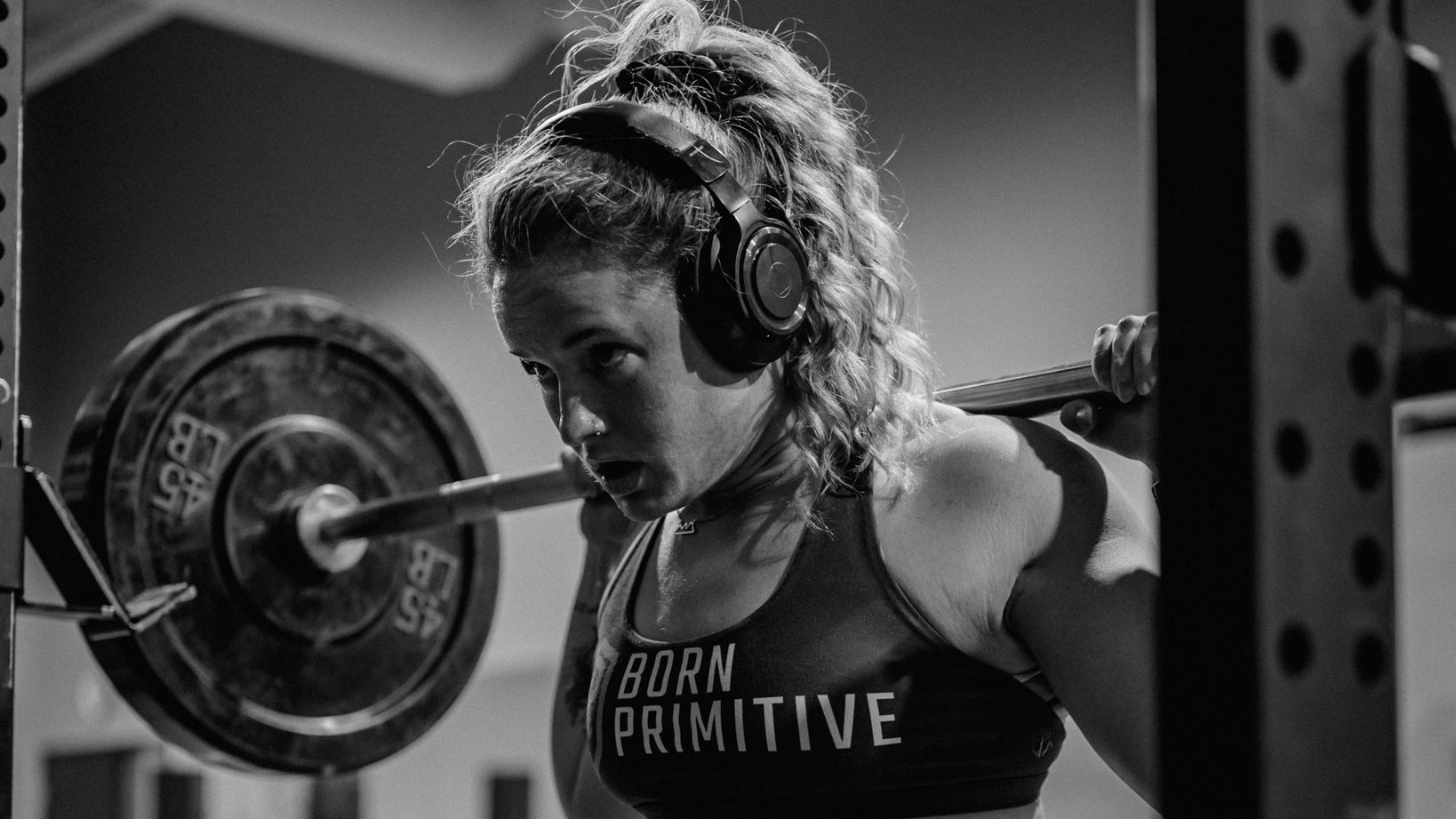REVERSE DIETING APPETITE SUPPRESSED CLIENTS

Reverse Dieting Appetite Suppressed Clients
By Devya Fluckiger
About the Author
Devya Fluckiger is a Registered Nurse & Holistic Nutrition / Wellness / Fitness Coach from Calgary, Alberta. She enjoys books, picking up and putting down heavy items, and being outside.
- It’s common to meet clients in a prolonged caloric deficit, often with a poor appetite.
- Protein is the most satiating macronutrient. Consider this when prescribing macro ratios and reintroducing calories (reverse diet).
- Use carbohydrates, caffeine, & food volume as tools to rehabilitate their appetite..
45 million Americans go on a diet program annually. (1) The average intake during a deficit for women on these diets is 1500 calories, for men it's 2000. (2)
Caloric deficits for longer durations lead to an increased risk of metabolic adaptation (3) / adaptive thermogenesis, and subsequently low appetite. Hence, the importance of reverse dieting, diet breaks and re-feeds.
Prescribing too much protein at the start of a reverse diet is a mistake worth avoiding. Due to its highly satiating properties, a gradual protein titration in accordance to hunger cues can prevent compounding the issue. Manipulating carbohydrates, caffeine timing, and food volume are additional tools.
Protein Intake
Most coaches aim for a general protein intake parameter of 0.7-1.2 g/lb of body weight (or of lean mass for medically obese / severely overweight clients). This recommendation may be an initial overshoot when coaching a client with little appetite, causing a client to struggle to hit their calorie goals. Starting with one-third of overall calories per macro across the board may be simpler while appetite signals catch up to textbook protein recommendations.
Carbohydrates, Fats & Caffeine
If the aforementioned macro percentages don’t initially work, manipulation of carbohydrates and fat may increase hunger cues. Carbohydrates stimulate appetite due to their insulinergic effects. (4) Simply swap out 100-200 calories of fats for a carbohydrate serving. Monitor the client's resulting hunger cues.
Caffeine consumption prior to a meal may suppress appetite due to the resulting delay in gastric emptying. (5) This can vary from client to client, although – this consideration requires further research according to the literature. One can experiment with caffeine intake timing, and monitor resulting hunger levels in response to manipulating this variable.
Food Volume
Low volume, calorically dense foods are beneficial in meeting energy requirements when reverse dieting. Try supplementing 1-2 servings of low volume complete proteins with whole food (such as bone broth in rice or high quality protein powder to mix in oats / yogurt). Try low volume carbohydrates and fats such as olive or avocado oil, nut butters, milk or cream in coffee, fatty proteins, bananas (blended in a shake), rice cakes, quick oats, or topping food with honey or maple syrup.
Overview
Macro percentages are a simple way to start in a reverse diet to avoid overshooting protein. Low volume, calorically dense foods are great tools to meet target calorie demands while manipulating carbohydrate intake & caffeine timing to stimulate appetite.
- Start with macro percentages – 33% protein, carbohydrates, and fats. Manipulate carbohydrates and fats as needed.
- Experiment with caffeine timing.
- Lower volume, calorically dense foods are a simple trick to meet calorie requirements.
References
- Chandler-Laney, P. C., Morrison, S. A., Goree, L. L., Ellis, A. C., Casazza, K., Desmond, R., & Gower, B. A. (2014). Return of hunger following a relatively high carbohydrate breakfast is associated with earlier recorded glucose peak and nadir. Appetite, 80, 236–241. https://doi.org/10.1016/j.appet.2014.04.031
- Martínez-Gómez, M. G., & Roberts, B. M. (2022). Metabolic Adaptations to Weight Loss: A Brief Review. Journal of strength and conditioning research, 36(10), 2970–2981. https://doi.org/10.1519/JSC.0000000000003991
- Masters, M. (2022). 70 Diet Statistics You Should Know. Livestrong. Retrieved July 28, 2023, from https://www.livestrong.com/article/13764583-diet-statistics/
- Schubert, M. M., Irwin, C., Seay, R. F., Clarke, H. E., Allegro, D., & Desbrow, B. (2017). Caffeine, coffee, and appetite control: a review. International journal of food sciences and nutrition, 68(8), 901–912. https://doi.org/10.1080/09637486.2017.1320537
- Weightwatchers. (2023). Why Points Beat Counting Calories. Weightwatchers. Retrieved July 28, 2023, from https://www.weightwatchers.com/uk/blog/weight-loss/why-points-beat-counting-calories
Recent Posts
